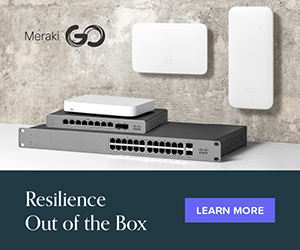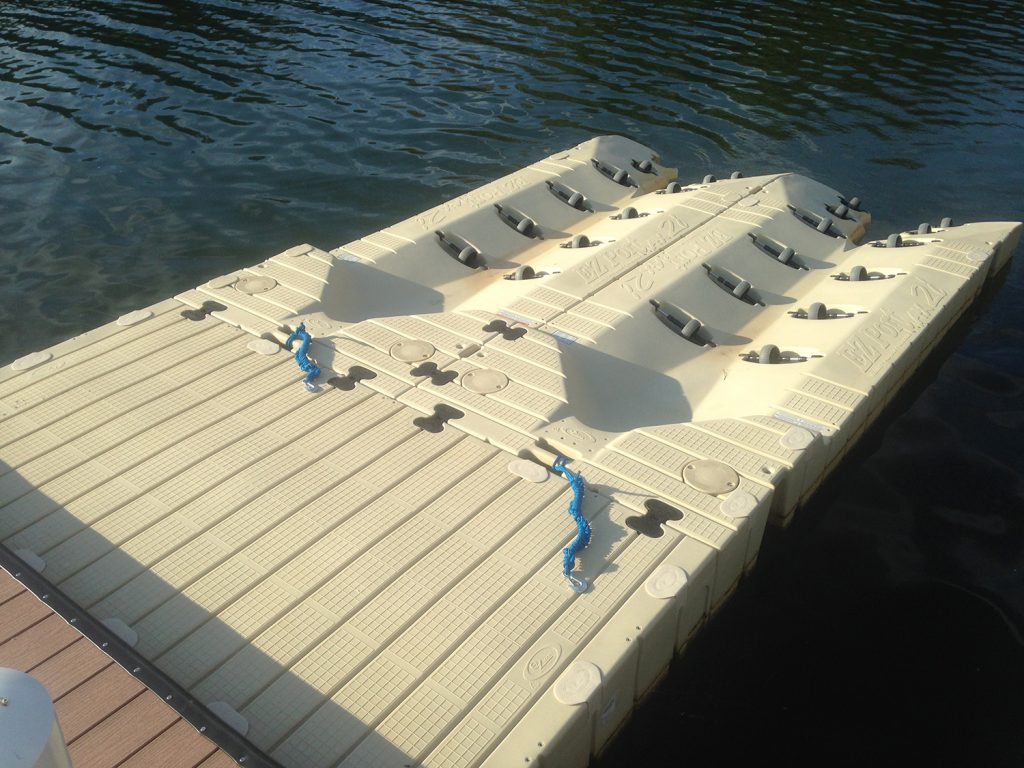Why Minecraft Servers Are Ideal for Safe, Family-Friendly Gaming Experiences
Minecraft servers offer a unique environment that can foster safe, family-friendly gaming experiences, making them an ideal choice for players of all ages. The sandbox nature of Minecraft itself allows players to unleash their creativity in a virtual world while encouraging cooperative play and problem-solving. However, what truly elevates Minecraft servers as safe, family-friendly spaces is the ability to customize settings and ensure a controlled and positive environment for players. One of the key advantages of Minecraft servers is the ability to moderate and filter content. Many servers are specifically designed with family-friendly experiences in mind, offering pre-set rules and guidelines that ensure players adhere to appropriate behavior. These rules often restrict inappropriate language, bullying, and offensive content, allowing younger players to enjoy the game without exposure to harmful or explicit material. Additionally, server administrators can enforce these rules by monitoring chat logs and using automated tools to detect and remove offensive content, providing a safer environment for all players.
Minecraft’s multiplayer aspect also lends itself well to collaborative gameplay, which is an essential feature of family-friendly gaming. In most servers, players can team up with friends or family members to work together, whether it is building structures, exploring new areas, or surviving in the game’s different modes. This cooperative play helps strengthen communication skills, teamwork, and problem-solving abilities, creating positive, educational experiences while still being fun. Family members can easily play alongside each other, whether they are in the same room or across different locations, strengthening family bonds and fostering shared experiences in a digital space. Furthermore, Minecraft’s modding community offers an abundance of customization options for players looking to create specialized environments that are both safe and enjoyable. For example, some servers are designed to offer themed worlds or mini games tailored for younger players. Minecraft servers 2025 often have simple rulesets, such as no PvP player vs. player combat or restricted interaction with hostile mobs, which ensures that the game remains a peaceful and enjoyable experience.
Parents or guardians can also find servers that have been specifically reviewed and rated for safety and appropriateness, making it easier to select the right environment for their children. Another benefit of Minecraft servers is the availability of parental controls. Many hosting providers give parents the ability to monitor their child’s playtime, limit interactions with strangers, and even select servers based on safety and suitability. In some cases, parents can even create private, white listed servers where only approved players can join, further enhancing the control they have over their child’s online experience. This ensures that families can play together in a secure and friendly space, without the risks that sometimes accompany public online games. Minecraft servers offer an ideal platform for safe, family-friendly gaming experiences. With customizable settings, effective moderation, cooperative gameplay, and robust parental controls, they create an environment where players of all ages can enjoy the game without concerns about inappropriate content or behavior. Whether you are playing with family members at home or connecting with friends online, Minecraft’s servers provide a secure space for creativity, collaboration, and fun.








